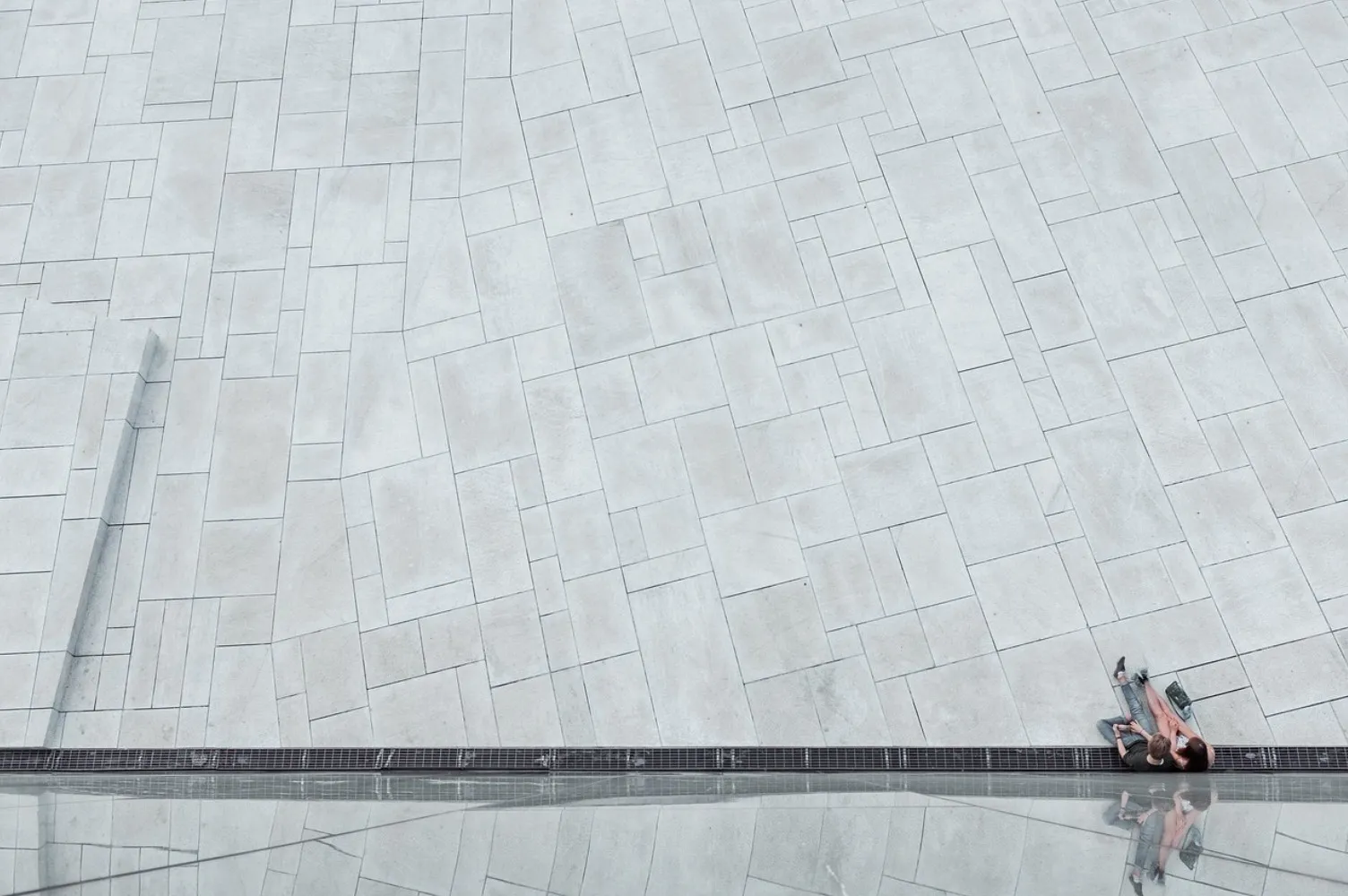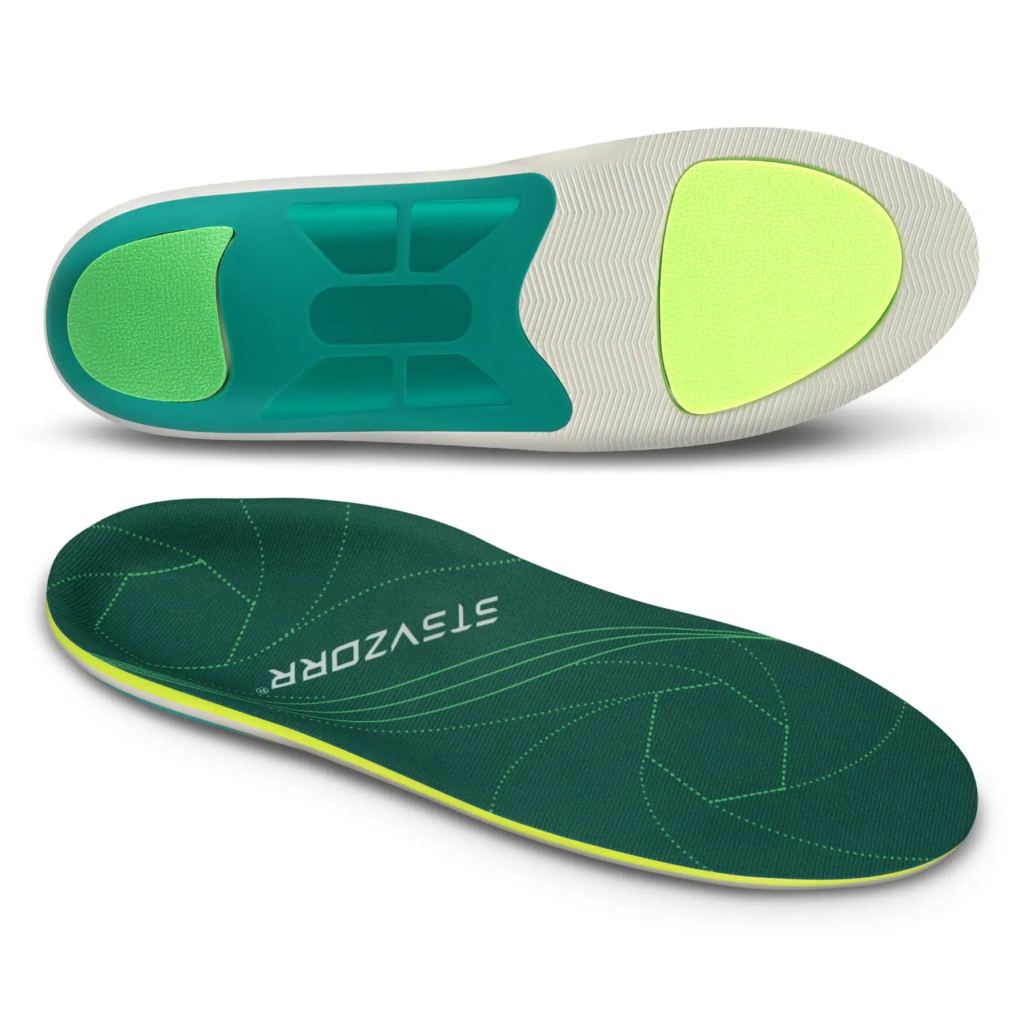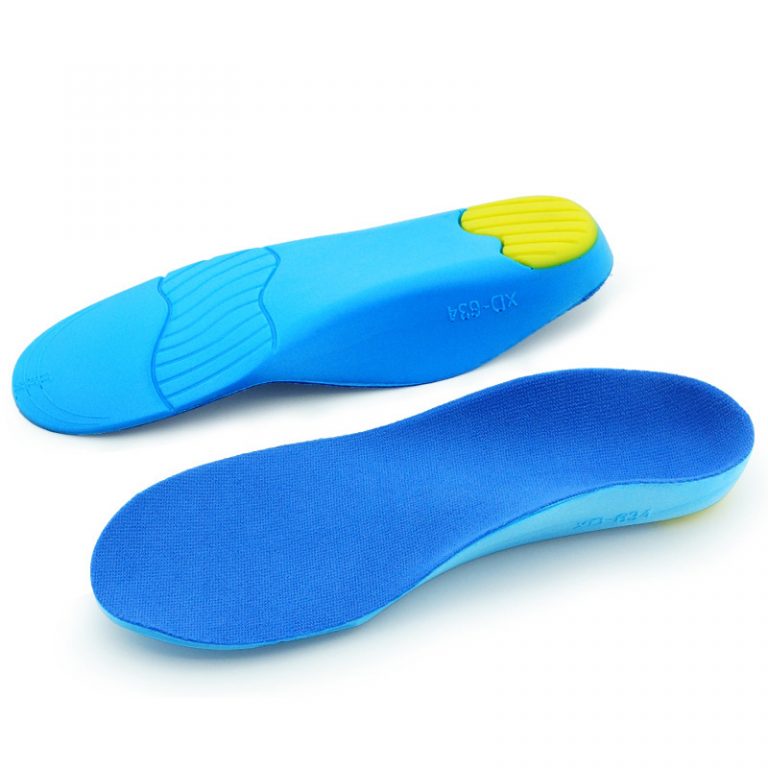Maintaining Comfort: The Best Insoles for Working on Concrete
When we talk about convenience in the workplace, we think of systematic ergonomics. What else comes to mind? Many jobs require countless hours on concrete floors. The answer could lie under our feet – in the form of the best insoles for working on concrete. This necessity brings us to address the underrated essentials – insoles. They are your first line of defense against potential foot-related discomfort and health concerns. Long hours of working on concrete can cause health problems. The right pair of insoles can revamp your workday. They transform exhausting hours into comfortable strides.
In this article, we’ll review the top 10 insoles. They’re specially designed to cushion and support your feet on concrete.
The Impact of Concrete on Your Feet
Concrete is an unforgiving material that offers no shock absorption. As a result, every step taken on this hard surface sends a shockwave through the feet. It travels up the legs and into the lower back. Over time, standing or walking on concrete for prolonged periods can lead to various issues. For example:
Plantar Fasciitis: This condition involves inflammation of the plantar fascia, a thick band of tissue running across the bottom of the foot. This can cause intense heel pain that often worsens in the morning or after long periods of standing.
Shin Splints: Shin splints, or medial tibial stress syndrome, is a condition characterized by pain along the inner edge of the shinbone. These are common in people who stand or walk on hard surfaces for extended periods.
Lower Back Pain: The impact from walking on concrete doesn’t just stop at your feet and legs. It can travel up to your lower back, causing significant discomfort and long-term problems.
Role of Insoles in Comfort and Pain Relief
Insoles are designed for concrete surfaces. They have cushioning and support. These insoles play a crucial role in:
Shock Absorption: Insoles made with materials like memory foam or gel provide a cushioning effect. It mitigates the impact of each step, offering excellent shock absorption.
Arch Support: Insoles tailored for concrete floors typically feature robust arch support. This can help relieve stress on the plantar fascia. It reduces the risk of developing plantar fasciitis.
Pressure Redistribution:Insoles evenly distribute body weight across the foot. This reduces pressure points, minimizing discomfort and pain.
Improved Posture and Alignment: Good insoles help align your feet correctly while you stand or walk. This improved alignment can help prevent foot, ankle, knee, and lower back pain by promoting proper gait and posture.
Investing in a pair of insoles designed specifically for concrete floors can seriously overhaul your comfort and wellbeing when standing or walking for extended periods. They won’t just provide immediate relief, these insoles can also stave off future foot problems.
The Materials Used in Concrete-Designed Insoles
The materials in an insole play a critical role in its effectiveness and comfort. Here are some common materials used in making insoles for concrete surfaces:
Memory Foam: It can mold to the shape of your foot, providing a custom fit and enhancing comfort. This is why memory foam is lauded. It also provides excellent shock absorption. This reduces the impact of walking or standing on hard surfaces.
Gel: Gel insoles are praised for their high shock absorption and cushioning properties. They absorb the impact of each step. This provides a cushioning effect that reduces strain on the foot, ankle, and lower body.
EVA Foam: EVA (ethylene-vinyl acetate) foam is lightweight, durable, and resilient. It is an excellent material for insoles. It provides good cushioning and can absorb a significant amount of shock.
Poron: Poron is a microcellular polyurethane foam famed for its high-density and durability. It’s highly shock-absorbent and resistant to compression. It maintains its cushioning effect over prolonged use.
Insoles are explicitly designed for concrete floors. They target common afflictions that stem from walking or standing on these hard surfaces. These insoles are made of materials that provide superior shock absorption and support. They are crafted to ensure comfort and pain relief over prolonged periods.
10 Best Insoles for Working on Concrete
If you work on hard, unforgiving concrete floors, you know the toll it can take on your feet, legs, and lower back. A good pair of work boots might not be enough – you need the right insoles for concrete workers. Here, we’ll review the top 10 insoles for working on concrete, identifying their key features, benefits, and how they address the pain points associated with working on such hard surfaces.
1.ComfortMax: Flat Feet Insoles for Long-Lasting Pain Relief
Key Features:
Ergonomic Heel Cup
High-Rebound Foam
Contoured Arch Support
Anti-Odor Treatment
Pressure Redistribution
ComfortMax Insoles have an ergonomic heel cup. They also have contoured arch support to provide all-day comfort. The high-rebound foam offers exceptional cushioning. The anti-odor treatment keeps your feet smelling fresh on hard days.
Pros:
Enhances circulation, impressive support,comfortable cushioning, suitable for various shoe styles
Cons:
On the pricier side
2.Superfeet GREEN Insoles

Key Features:
High-Density Foam
High Arch Support
Durable
Deep Heel Cup
Pressure Redistribution
Superfeet GREEN insoles provide professional-grade orthotic support. The high-density foam offers cushioning over long hours on concrete. They are designed to combat common foot pain, arch pain, heel pain, and plantar fasciitis. They improve alignment and provide excellent shock absorption.
Pros:
Outstanding arch support, durable, even pressure distribution
Cons:
May not fit all boot styles due to high-profile shape
3.Powerstep Pinnacle Shoe Insoles
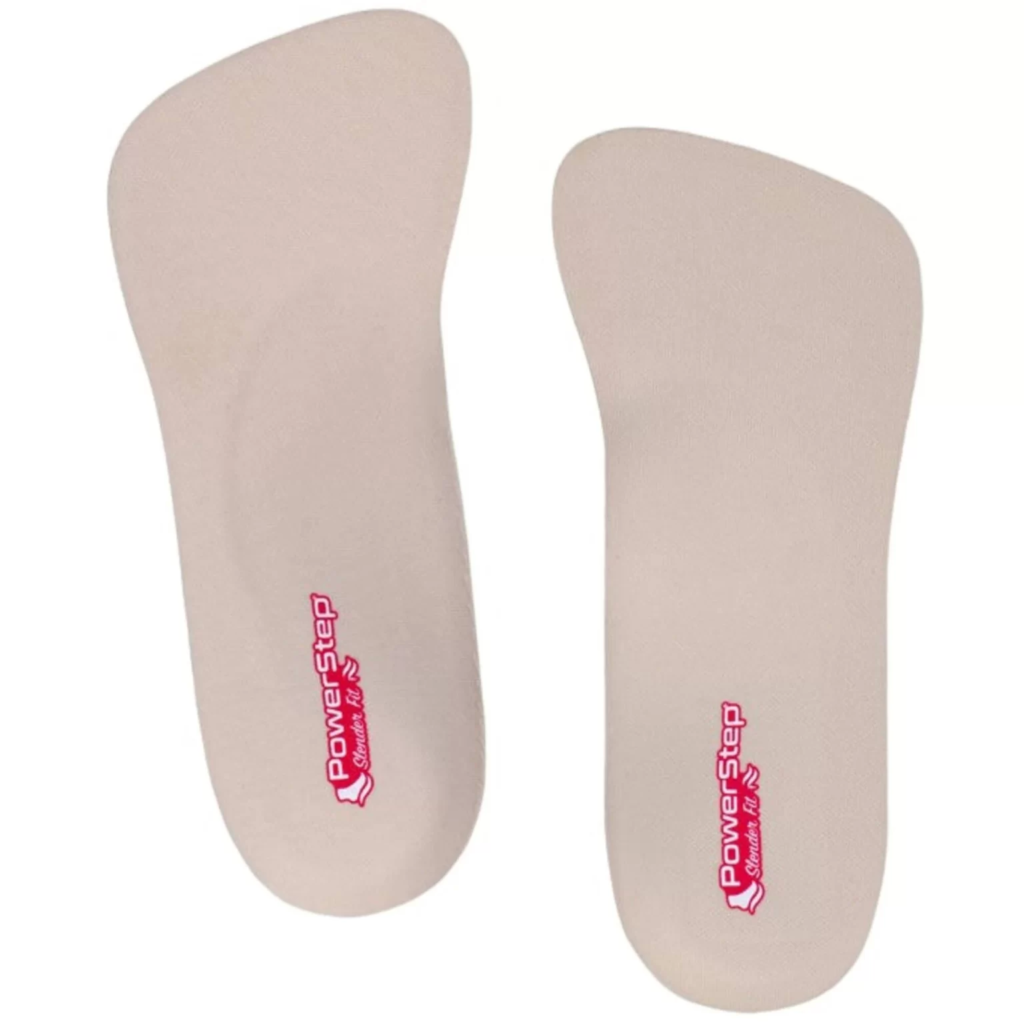
Key Features:
Dual-Layer Foam
Semi-Rigid Arch Support
Deep Heel Cradle
Flexible Shell
Powerstep Pinnacle insoles are ideal for individuals with foot instability issues. These issues may be due to over-pronation or flat feet. They offer excellent responsive cushioning, thanks to their dual-layer foam construction.
Pros:
Suitable for multiple foot conditions, decent support, affordable
Cons:
May require a break-in period
4.Tread Labs Stride Insole
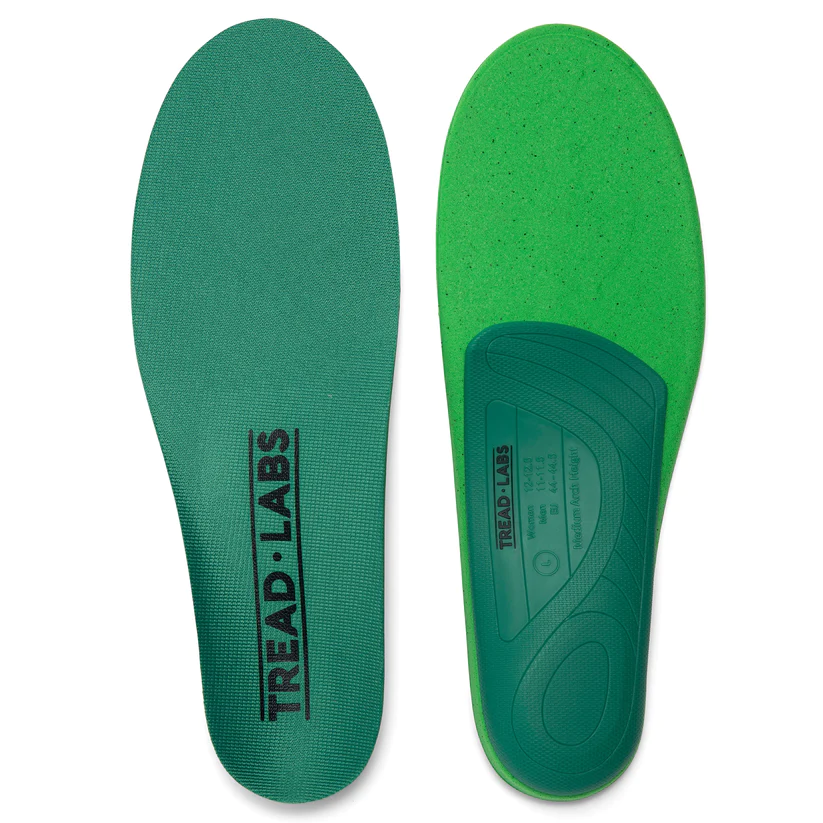
Key Features:
Firm Arch Support
PE Foam
Polyurethane Foam
Moisture Wicking
4 Arch Heights
Tread Labs Stride Insoles offer a perfect fit with their four available arch heights. They provide excellent support and comfort, making long hours on concrete less tiring.
Pros:
Highly customizable, machine washable, replaceable top cover
Cons:
A little expensive
5.Dr. Scholl’s HEAVY DUTY Support Pain Relief Orthotics

Key Features:
Shock Guard Technology
Deep Heel Cup
Layered Foam
Dr. Scholl’s Heavy Duty Orthotics are designed for people weighing over 200 pounds. They are for people facing foot and leg discomfort. The Shock Guard Technology redistributes pressure. It is effective in alleviating foot and leg pain.
Pros:
Relieves different types of pain, affordable
Cons:
Not specifically designed for concrete floors
6.Sof Sole Airr Orthotic Performance Insole

Key Features:
Polymer Gel
SKYDEX Air Bubbles
Moisture-Wicking
COOLMAX Fiber
Sof Sole Airr Orthotic insoles combine cushioning, support, and shock absorption. Their polymer gel forefoot cushioning delivers outstanding support. SKYDEX air bubbles in the heel area also provide excellent support. COOLMAX fibers help wick away moisture.
Pros:
Excellent shock absorption, good arch support, keeps feet dry
Cons:
Could be thicker for additional cushioning
7.Spenco Total Support Max Insole

Key Features:
Rigid Arch Support
Deep Heel Cup
Advanced Support Frame
3-POD™ System
Spenco Total Support Max Insoles are designed for individuals requiring enhanced motion control and stability. The rigid arch support, deep heel cup, and advanced support frame provide proper foot alignment over hard surfaces like concrete. The 3-POD™ System offers excellent pressure redistribution.
Pros:
High support for stability, reduces over-pronation, excellent arch support
Cons:
A bit firmer than some may prefer
8.New Balance 3810 Ultra Support Insole
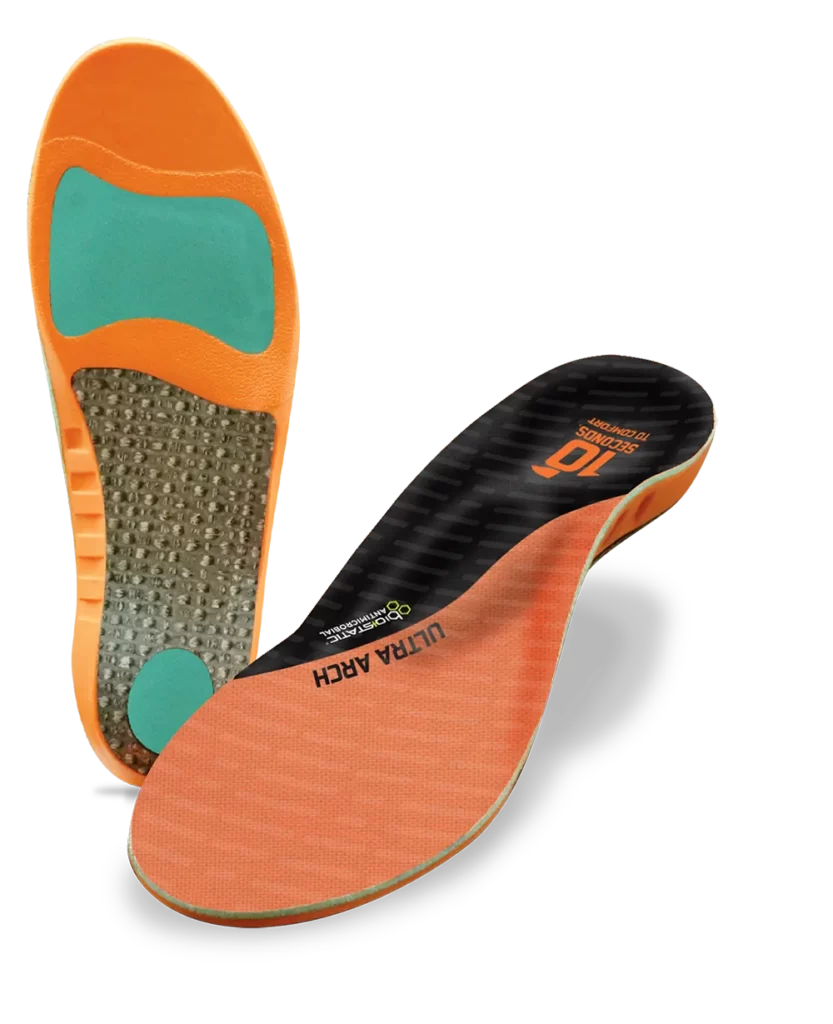
Key Features:
ABZORB Cushioning
Separate Heel & Forefoot Cushioning
Arch Shape Design
Metatarsal Support
The New Balance 3810 Ultra Support Insole provides targeted support and cushioning. It’s for those spending long hours on concrete. The arch-shaped design offers proper foot alignment. The metatarsal pad helps relieve pressure.
Pros:
Comfortable cushioning, good arch support, promotes better alignment
Cons:
May not fit all styles of work boots
9.Prothotic Pressure Relief Insoles
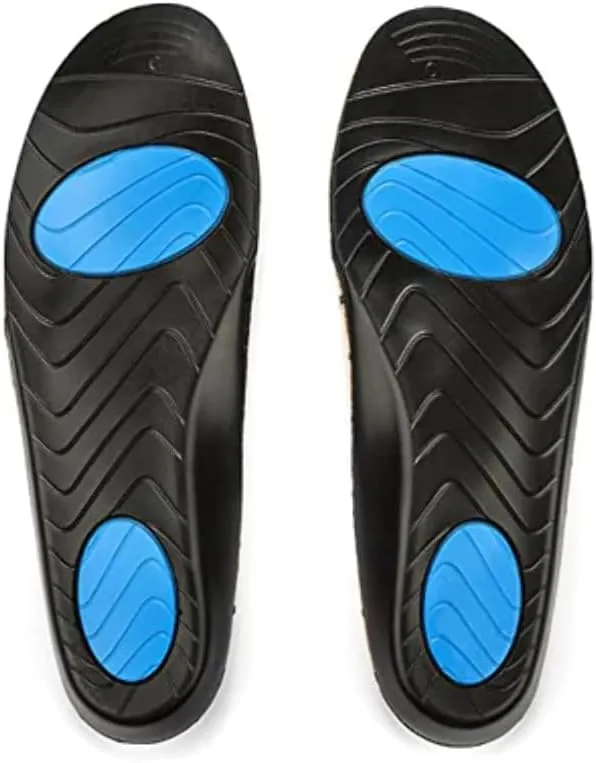
Key Features:
Vy-Gel™ Padding
Contoured Arch
Moisture Wicking
Biomechanical Design
Prothotic Pressure Relief Insoles focus on pressure relief while maintaining support and cushioning. The biomechanical design assists in proper foot alignment. Vy-Gel™ padding delivers amazing shock absorption, crucial for concrete surfaces.
Pros:
Superior pressure relief, good arch support, comfortable
Cons:
Durability could be improved
10.Work Tuff Insole by Archmolds

Key Features:
Heat Moldable
Deep Heel Cup
AgION Antimicrobial Treatment
Polyurethane Cushioning
Work Tuff Insoles are designed for hardworking individuals. They provide excellent arch support and deep heel cups for maximum stability. The heat moldable construction ensures a customized fit. AgION antimicrobial treatment keeps your feet odor-free.
Pros:
Customizable fit, great for multiple foot issues, odor control
Cons:
May be too firm for some users
How to Choose the Best Insoles
In today’s digital age, customer reviews and ratings are crucial. They drive our buying decisions. But in the realm of specialty products such as insoles, this can prove to be quite a challenging task. So, how can we sift through the sea of reviews to make the most informed decision possible?
Tip 1: Read and Interpret Customer Reviews Critically
Let’s arm you with tips on how to critically understand and interpret customer reviews.
- Look at the Overall Rating
Usually, products are rated on a scale of one to five, five being the highest. A product with a higher average star rating, based on more reviews, tends to be a safer bet. - Read the Most Helpful Positive and Negative Reviews
The most useful reviews provide detailed insights into the product’s pros and cons. However, remember to take each review with a grain of salt. Understand the reviewer’s context. - Keep an Eye for Recurring Themes
If multiple users mention a particular feature (positive or negative), it’s likely a valid point. For instance, multiple users reporting improved arch support would validate this feature. - Consider the Source
Reviews can sometimes be skewed or falsified. Ensure that you are reading reviews from verified purchasers or reputable sources.
Tip 2: Importance of Personal Needs and Specifications
After critically skimming through reviews, your personal needs and specifications should influence your final decision. Here’s what to consider:
- Foot Type and Arch Shape
Understanding your foot type and arch shape is crucial. Some insoles are designed for flat feet, some for high-arched feet, and some cater to all arch types. - Pain Points and Discomfort Areas
Identify where your discomfort or pain is concentrated. For heel pain or plantar fasciitis, insoles with deep heel cups and superior heel cushioning would be appropriate. If discomfort persists in the forefoot, consider insoles with a metatarsal pad or excellent forefoot cushioning. - Work Environment Considerations
Choose the insole based on the kind of flooring you will be standing on. If you work on hard concrete floors, look for insoles offering excellent shock absorption. - Footwear Compatibility
Not all insoles will fit into every shoe type. Some boots may require thinner insoles, while others may accommodate thicker ones.
Last Thought
The market offers countless insole options. Picking the right one can be daunting. To aid in this decision-making process, consider customer reviews critically. One should pay attention to the overall rating. Also, consider the most useful positive and negative reviews. Look for recurring themes. Also, consider if reviewers are verified purchasers or reputable sources. Lastly, consider personal needs and preferences. Look at your foot type, areas of discomfort, work environment, and the shoes you need to wear.
Investing in concrete-designed insoles offers immediate relief. It significantly extends foot health and comfort in the long run. This is an essential consideration for people who regularly work on concrete surfaces.

